You are viewing ARCHIVED content published online before January 20, 2025. Please note that this content is NOT UPDATED, and links may not work. Additionally, any previously issued diversity, equity, inclusion or gender-related guidance on this webpage should be considered rescinded. For current information, visit https://www.blm.gov/blog.
Wild, Scenic, Recreational and Accessible
By Heather Feeney, Public Affairs Specialist
Twenty-five years after its creation in 1946, the Bureau of Land Management saw an important milestone in its growth as an active steward of America’s natural resources. Fifty years ago this month (December, 1971), the BLM closed on its first land acquisition under the recently created Land and Water Conservation Fund (LWCF): scenic easements on several hundred acres of private lands along the Rogue River in southwest Oregon -- a waterway itself given the newly minted designation of ‘wild and scenic’ just three years previously.
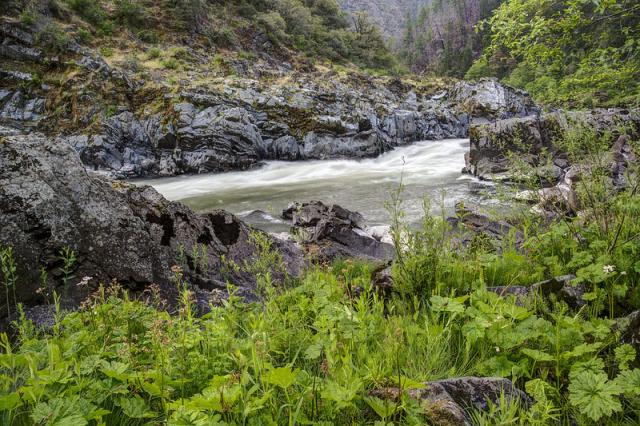
The acquisition supported a transformation of the agency begun with passage of the Classification and Multiple Use Act of 1964, which gave the Bureau a multiple-use mandate that included recreation, wildlife, soil and watersheds, along with rangelands and minerals. Congress passed the LWCF Act that same year, recognizing the growing importance of federal lands for recreation following World War II. Recreational visits to public lands had more than tripled between 1963 and 1968, to 30 million, greater in number than any other use, according to then-BLM Director Boyd Rasmussen.
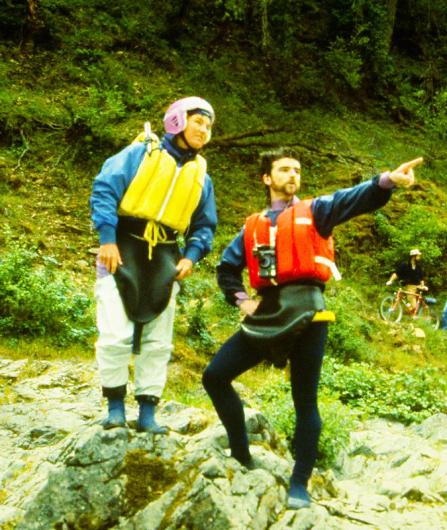
People had lived along the Rogue and its tributaries for at least 8,500 years, including the Athabascan and the Takelma. European-American settlers were drawn to the area in the mid-1800s by economic prospects in furs, gold and timber. In the 1930s and 1940s celebrities began frequenting the area, for work and relaxation. By 1974, the area would serve as the setting for the John Wayne-Katherine Hepburn film Rooster Cogburn.
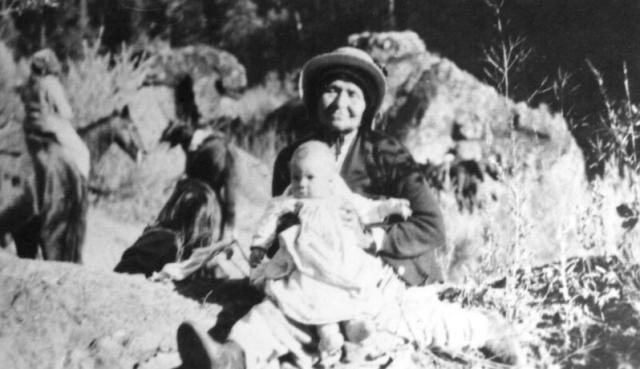
Designation of various stretches as wild (33.6 miles), scenic (7.5 miles) and recreational (43.4 miles) in the original Wild and Scenic Rivers Act signaled the nation’s intent that the Rogue’s fishing, boating and scenery remain available for everyone’s use and enjoyment, present and future. Acquisition of property at key points along the river gave that intention reality on the ground.
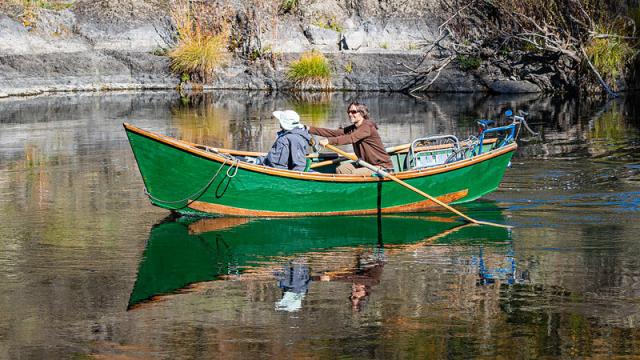
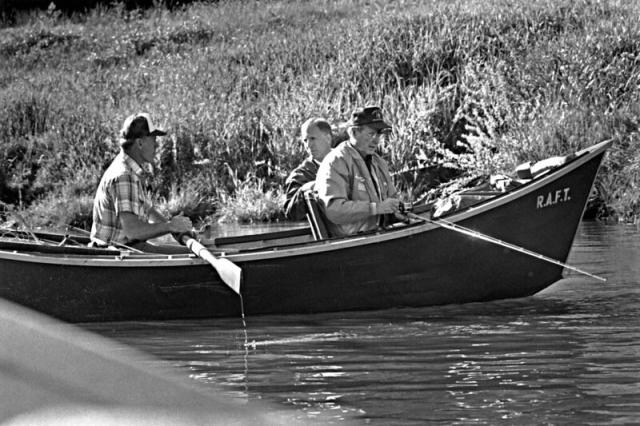
The LWCF Act authorized funds for developing state and local parks and expanding federal land acquisition programs for recreation, including acquisitions for BLM recreation areas. Amendments to the act in 1968 provided a broader financial base to achieve an annual minimum of $200 million. In August 2020 Congress established a permanent funding stream for LWCF with the Great American Outdoors Act. The fund now receives an annual deposit of at least $900 million.
The BLM identifies and nominates parcels for LWCF funding with the help of partners. Willing sellers are paid fair market value for their properties. As of the end of 2021, the BLM had acquired more than 981,000 acres of land with LWCF funding. Information on each acquisition is available online, using the BLM National LWCF map app.
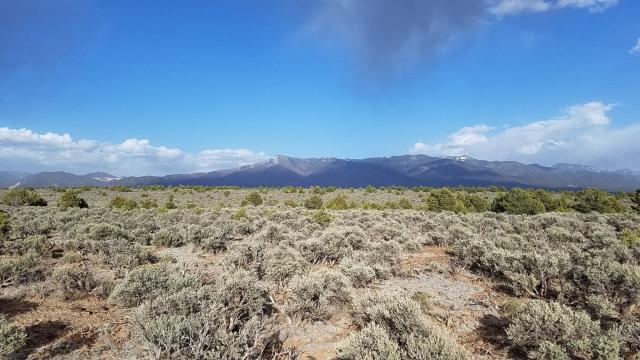

Throughout 2021, we celebrated 75 years of the BLM’s stewardship and service to the American people. With a mission to sustain the health, diversity and productivity of America’s public lands for the use and enjoyment of present and future generations, the BLM manages approximately 245 million acres of public land located primarily in 12 Western states, including Alaska. The BLM also administers 700 million acres of sub-surface mineral estate throughout the nation.
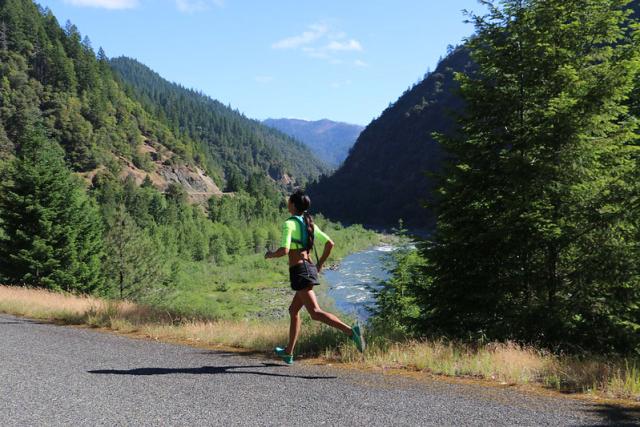
The Rogue National Wild and Scenic River is part of the BLM's National Conservation Lands. The National Conservation Lands include nearly 27 million acres of National Monuments, National Conservation Areas, Wild and Scenic Rivers, and National Scenic and Historic Trails. National Conservation Lands conserve the essential fabric of the West, while offering exceptional opportunities for recreation, solitude, wildlife viewing, exploring history and conducting scientific research.
Heather Feeney, BLM-HQ Public Affairs Specialist
Related Stories
- Dark Sky Week: 12 spectacular BLM stargazing sites
- National Conservation Lands: 25 years – and eons – in the making
- BLM publishes interactive web map displaying access to public lands
- BLM announces 2025 fee-free days
- Fourth Restoration Landscape film highlights Cosumnes Watershed fire and fuels reduction efforts
